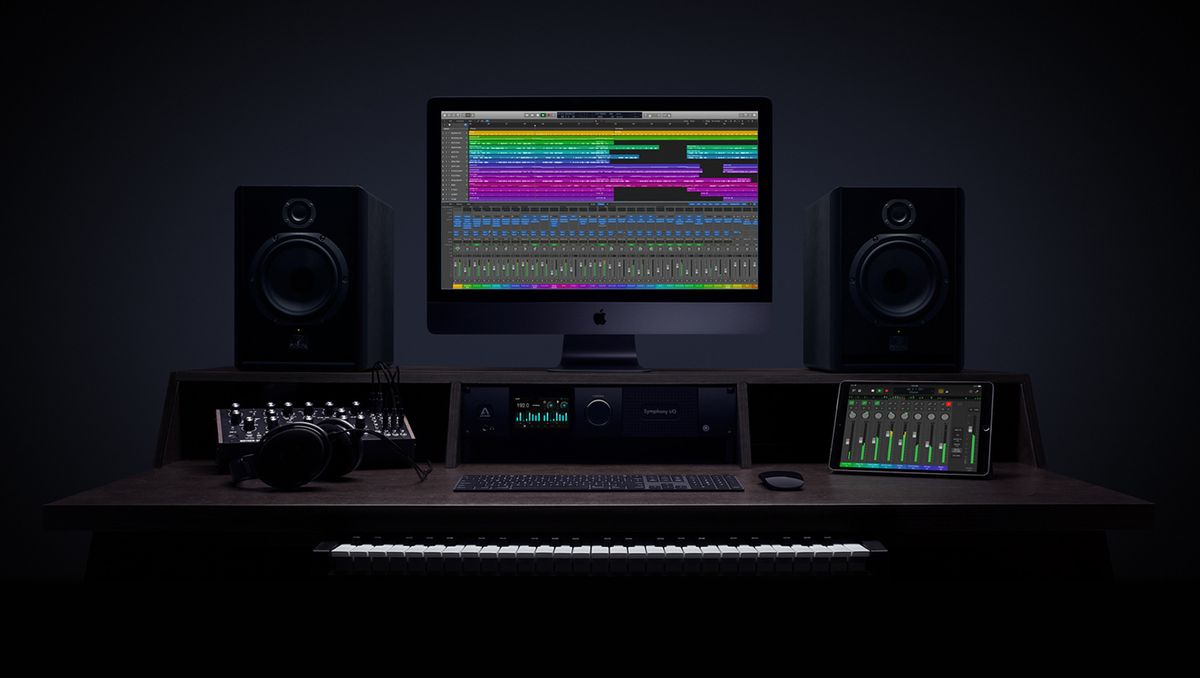

In terms of storage, the basic Mac Mini comes with a 360GB drive. It's worth bearing in mind that 8GB is the maximum amount of memory supported by the Mac Mini.

But you'll find life rather more comfortable with 4GB, especially if you want to work with sample‑based instruments. When it comes to memory, the 2GB supplied in the entry-level Mac Mini should be just enough to get you started.

Today's baseline Mac Mini also has a 2.4GHz processor, so those figures should be roughly comparable. The current range features Intel Core 2 Duo processors, and the 2007 MacBook Pro (which, with a 2.4GHz processor, had similar performance capabilities) gives us a rough guide of the performance you can expect: using Logic Pro 7, this was capable of running 150 PlatinumVerb instances, 54 Space Designers and 512 EXS24 voices (with the filter enabled). Since the first Power PC-based model was introduced (see the full review at /sos/may05/articles/applemacmini.htm), the Mac Mini has established itself as a basic-yet-capable studio computer. The updated Mac Mini comes with a 2.4GHz processor, 2GB RAM and a 320GB hard drive as standard, making it perfectly capable of running decent numbers of tracks. Among the most important factors to consider in determining such handling are the type and speed of the processor, the amount of memory and the speed of the hard disk. It's all a matter of how many audio tracks, instruments and effects you need the computer to handle. SOS contributor Mark Wherry replies: While it used to be the case that a high-end computer like the Mac Pro was essential for running music and audio applications, these days it's really hard to purchase a system that will be incapable of such tasks. I'm tempted by a Mac Mini, as I already have a decent screen, but am concerned that it won't be able to cope with the requirements of audio recording. I always hear people saying that the Mac Pro is the Mac of choice for musicians but, as a hobbyist, I simply can't justify the expense.


 0 kommentar(er)
0 kommentar(er)
